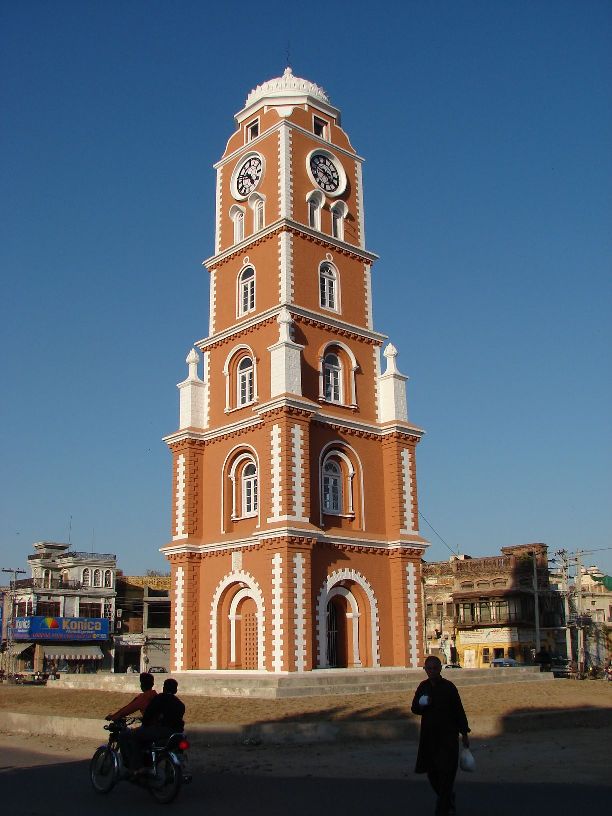

Sialkot

Pakistan's Export Capital
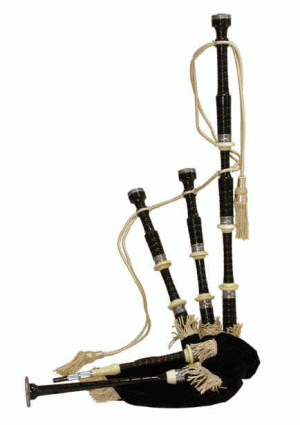


While most of the cities of {Punjab are famous for their long history and possession of Mogul architecture, there two cities which are famous for their exports - Faisalabad for world famous cotton bed sheets and hosiery and Sialkot for its sports and surgical instruments. Located 130 kilometres northwest of the provincial capital Lahore and just miles away from the Indian border with a population of about 600,000, Sialkot is the "export city" of Pakistan. But unlike public sector based industry, the entire export industry is in the private sector, financed mostly through family savings. And the city progresses not merely by the government funding but by the joint efforts of the local industrialists, who beside expanding their business and export, also take keen interest in sharing the developmental work of the city. The newly laid roads, erection of crossing, installation of street lights, construction of new buildings and renovation of old buildings are some to mention.
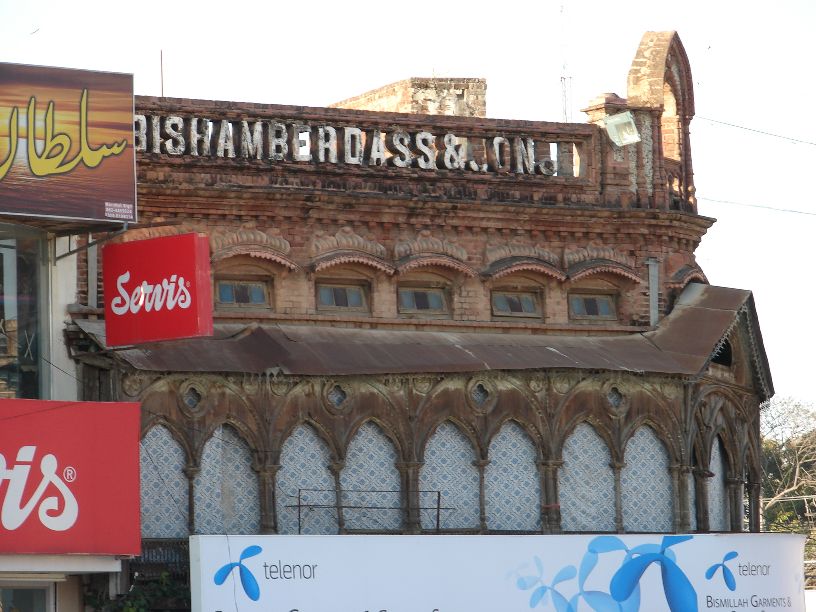
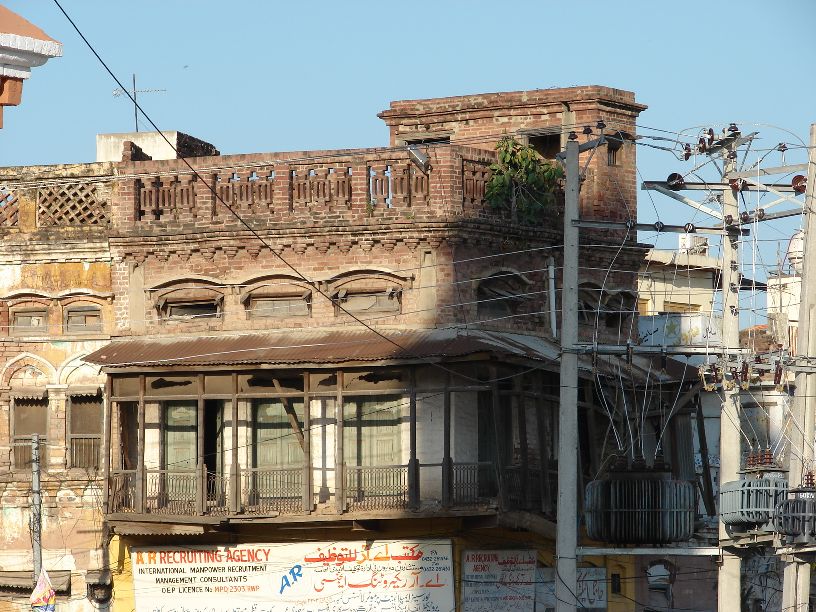
How old is Sialkot? The history of the city, though not very well preserved, takes it back to around 500 A.D. It is said to have been founded by Raja Sala, uncle of the Pandavas of the epic Mahabharata, and re-founded by Raja Salivahan in the time of Vikramaditya; it may be the site of ancient Shakala (Sagul), capital of the Indo-Greek Menander (Milinda) and Mihirakula the Hun, who died in 540 A.D. There are remains of a fort dating from about the 10th century, built in 1181 by Muhammad of Ghor. Other ancient buildings are the shrines Imam Ali-ul-Haq and Baba Nanak, the first Sikh Guru, and temple of Raja Tej Singh. It was annexed by the British after the second Sikh war in 1849; since then its area has been considerably reduced, assuming its present proportions in 1867. In 1886 Dr. Maria White, a medical missionary appointed by the Board of Foreign Missions of India under the United Presbyterian Church of North America, opened a small dispensary in Sialkot which, later, became The American Mission Hospital, Sialkot. The Christian Training Institute (CTI) at Bara Pathar was established in 1888 by the United Presbyterian Church of North America whose Sialkot Mission was registered as a society in 1895.

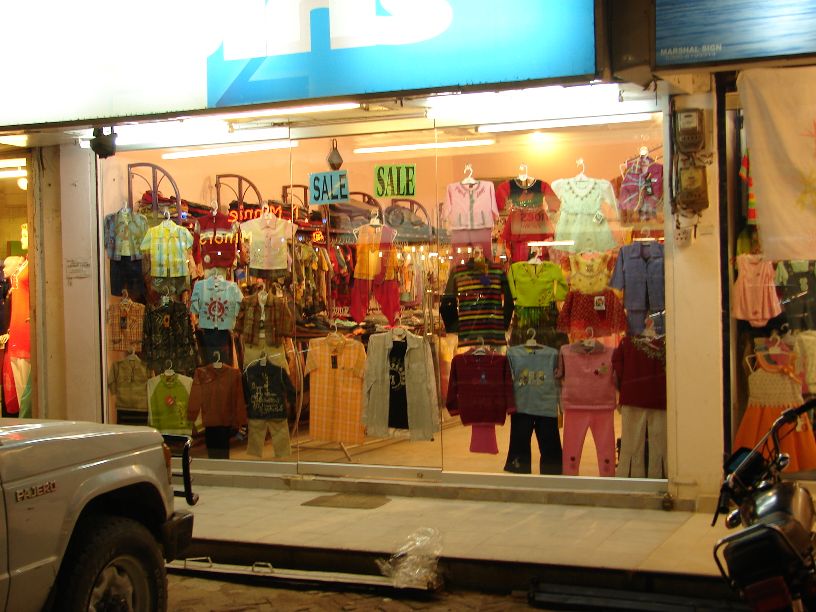
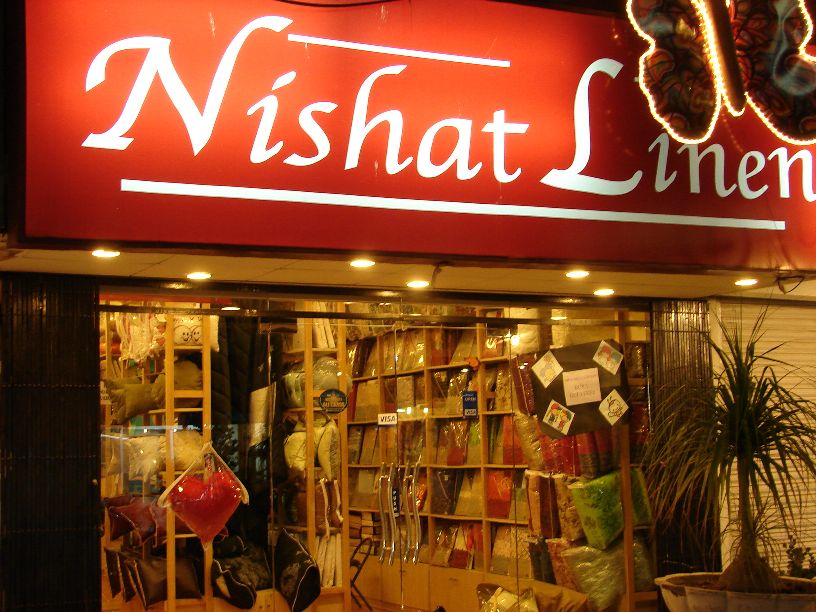
The Sialkot district, spread over an area of over 5,000 square kilometres, stretching from the Ravi valley on the southeast to the Chenab River on the northwest. The city, the district headquarters, lies just north of the Aik Nullah and south of the Jammu Hills and is connected by rail with Wazirabad and Jammu and by road with Lahore and Gujranwala.The northern portion is very fertile; the southern, less fertile, is irrigated by the Upper Chenab Canal. About nine-tenths of the cultivable area is under crops. The chief crops are wheat, barley, rice, corn (maize), millet, and sugarcane. It is a rail junction and a major trade and processing centre. The area between Gujranwala and Sialkot is famous for world famous qualities of rice. While traveling on road to Sialkot, one is mesmerized by the aroma of rice paddies on both sides of the road.
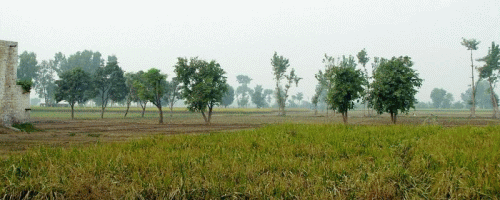
Sialkot has the highest per capita exports in Pakistan. Three industries dominate Sialkot - surgical, sports, and leather goods. Sialkot produces over 2000 different surgical instruments for worldwide export. Sialkot was selected to supply footballs for the 1994 and 1998 World Cups. It was once famous as a centre for the manufacture of damascened ware and paper, which dates back to the time of the Mughal Emperor Akbar. Sialkoti paper, also known as Man Singhi paper, was famous all over the world. Now, besides its three chief products, its also manufactures processed foods, ceramics, embroidery, ready-made garments and musical Instruments. Almost every product is exported to the world. The textile weaving industry is yet another thriving industry of Sialkot.
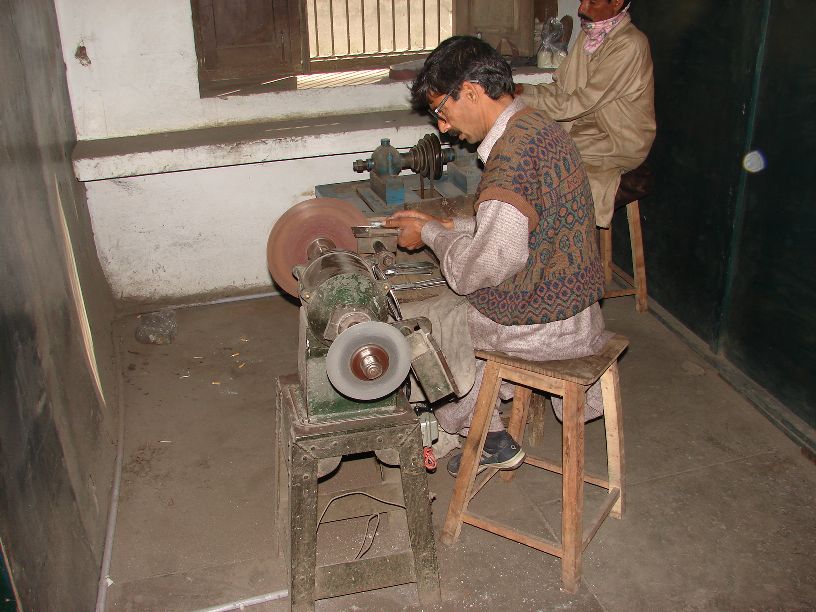
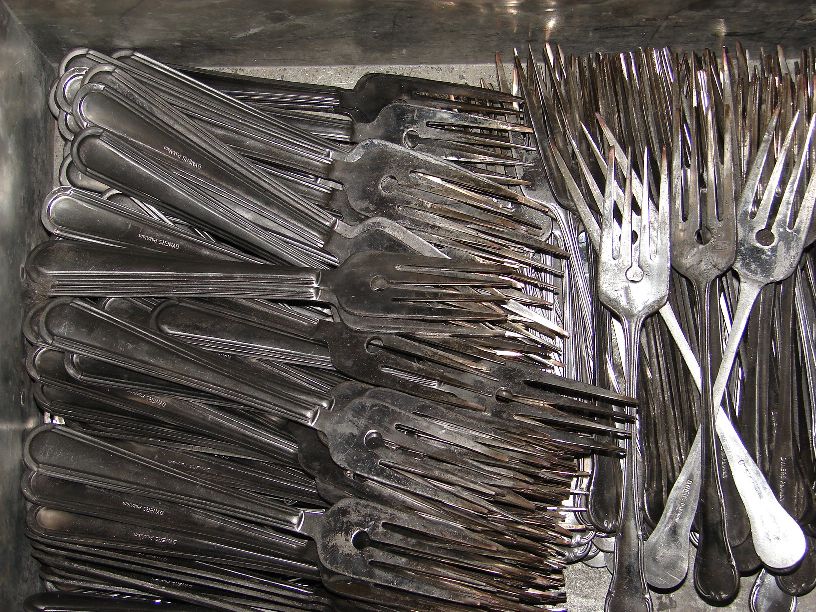
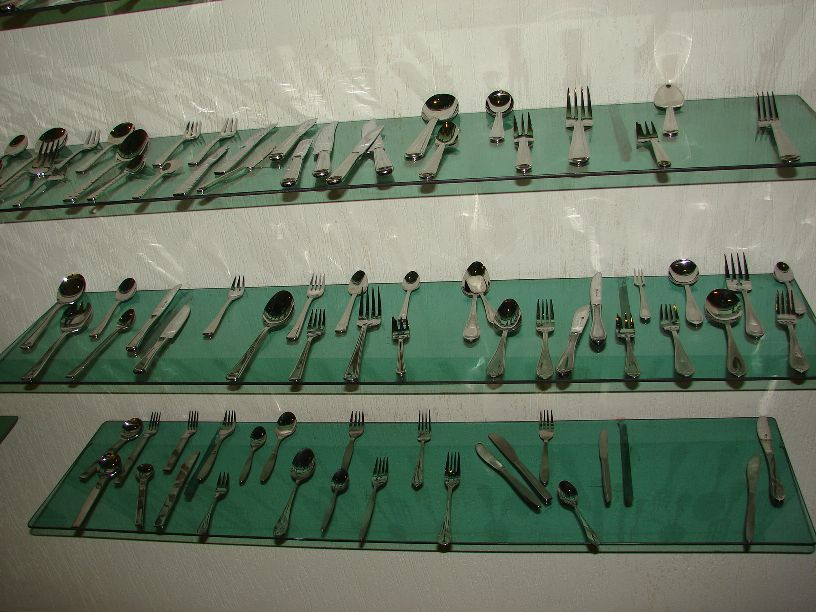
How Sialkot got into the business of its now thriving sports industry? No one exactly knows, but it is said that during the British rule, a British broke his tennis racquet and, since an immediate replacement was not possible, he asked a local to repair it. The man did a perfect job and the sports goods manufacturing industry took root in Sialkot. Recorded history of the industry goes back to 1895 when the city started becoming famous for its tennis racquets. By 1903, cricket bats were being crafted from imported English willow and exported to different parts of British India and beyond. In 1922, one Mr. Syed was awarded the British Empire Export Award for supplying footballs to the British Army. Over the years the industry grew to include a variety of wood and leather-based sports equipment, and diversified into related industries such as sports apparel and riding equipment and even the Scottish bagpipes.
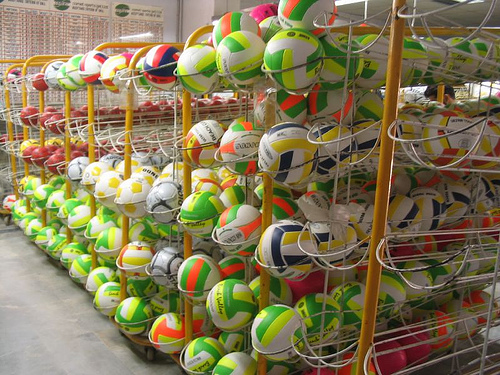
Sialkot is known as the city of Iqbal who was born, and bred here. Iqbal's house is located in Kashmiri Mohala. In 1861 Iqbal's grandfather Shaikh Rafiq bought this house and they shifted there from Mohala Khatikan. The Government of Pakistan has now converted this house into a museum with many historical documents and articles under use by Iqbal displayed therein. Besides, the famous Pakistani poet, Faiz Ahmed Faiz also belongs to Sialkot. Professor William Lilly is yet another eminent philosopher who taught at the Murray College, and spent most of his working life there. His book on ethics remains a classic. Professor William Lilly and Dr. Muhammad Iqbal used to act as examiners in philosophy for Punjab University. The famous Indian journalist, Kuldip Nayyar, is the son of Dr. Gurbakhsh Singh who was from Sialkot and used to practice medicine in the city’s Trunk Bazar.
It is a city with a rich cultural, political, social and educational history with a diverse mix of people from varying walks and backgrounds. Sialkot is a city of culture and industry. For its closeness to the Indo-Pakistan border, Sialkot has been ravaged by the wars of 1965 and 1971. A mushroom growth of educational institutions both in public and private sectors has taken place which shows the keen interest of the people of Sialkot in education. For a prospective student the city of Sialkot provides a memorable and valuable experience. A university of Engineering Sciences and Technology is being set up in Sialkot by the Government of Pakistan with Swedish collaboration. A Medical College is also being established in the city. In addition, a Polytechnic Institute and a Paramedic Institute are already functional in Sialkot.
Perhaps the most commendable feat of the local industrialist to join hands and build the first privately funded international standard airport. The SIAL has 223 directors, who contributed Rs 5 million each for the airport. The 1,002-acre airport is13 kilometres west of Sialkot and is linked by a road to Gujranwala, Wazirabad, Gujrat, Narowal, the Export Processing Zone (EPZ) and the Sialkot Dry Port Trust. The 3.6 kilometres long runway, taxiway and apron of the International Airport would be accomplished at a cost of Rs 48.131 million in two-years. The runway is being constructed for B-747, A-300, B-737 and F-27 aircrafts and would cater the needs and requirements of international flights. The airport will help increase exports and facilitate foreign businessmen interested in the sports and surgery items that Sialkot is famous for. The mega project would be completed at a cost of Rs 1500 million in stipulated period of two years. It is estimated that when the airport opens in 2007 it will handle over 143,000 passengers a year.
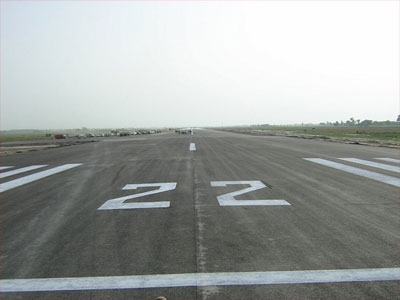
After PIA test flight PK-613 that landed at the Sialkot International Airport on October 20,2007, the airport became operational on November 30, 2007, when the national flag carrier PIA's first airbus landed here. PIA' will operate twice weekly domestic flights, while international flights would be begun during 2008 from Sialkot.
The Shahbazpur Bridge on the river Chenab will be a major boost to the airport by providing easy access to the entire region. The new bridge started in early 2005 is situated about 10km away from Sialkot International Airport and when completed in late 2007 will reduce the distance between the cities located on either side of the river. It will provide a new gateway for the people of Gujrat, Kharian, Lalamusa, Jhelum and Azad Kashmir. On completion, the distance from Sialkot to Gujrat will be reduced from 56km to 38 km. The bridge will be completed at an estimated cost of Rs70m.
|
Related Links: | Sialkot International Airport | Sialkot (Urdu: سیالکوٹ ) | Map Sialkot | |
|
| HOME PAGE | MORE CITIES | Copyright©JalalsPages - 2005 -2010 |